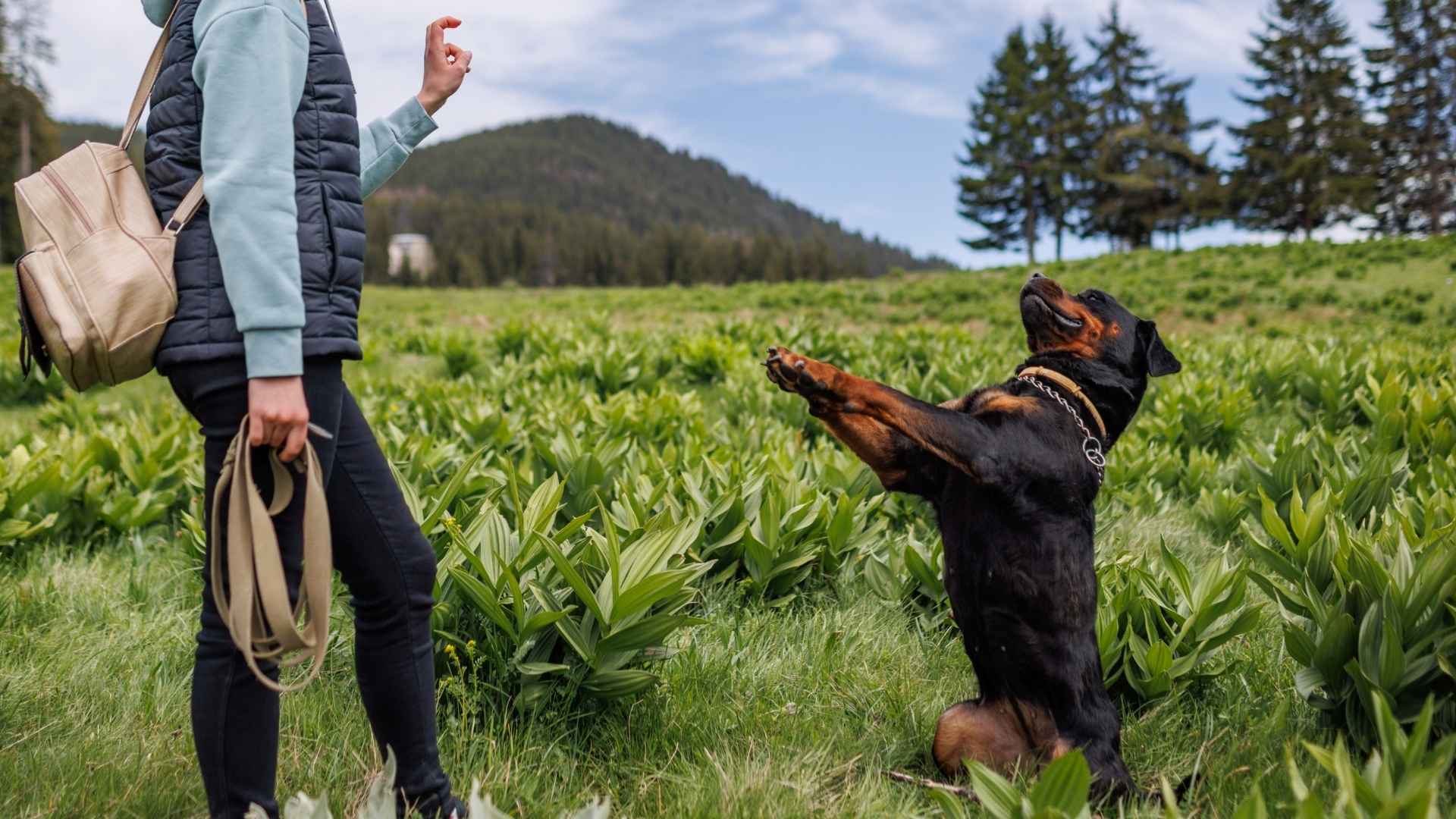Did you know that dogs have been selectively bred for specific tasks for thousands of years, but not all of them are born prodigies in obedience school? While some pups pick up commands like little four-legged Einsteins, others land somewhere in the middle; still capable, but with a hint of stubborn charm. These moderately trainable dog breeds strike a unique balance between independence and eagerness to learn, making them a fascinating group to explore for future pet parents.
Whether you’re a first-time dog owner or someone looking to welcome a companion that doesn’t demand drill-sergeant levels of training, these breeds offer the perfect compromise. They respond well with consistency, patience, and a dash of creativity, thriving in environments where their individuality is celebrated.
Many of them are intuitive, affectionate, and even comical, traits that often shine brighter once a mutual rhythm is found.
Moderately Trainable Dog Breeds
1. Shetland Sheepdog
According to AKC, the Shetland Sheepdog, affectionately known as the Sheltie, is a playful and energetic breed with a strong herding instinct and a big brain to match. Originally bred to herd sheep in the rugged Shetland Islands, this dog is alert, responsive, and quick to pick up on routines and commands. While they are highly intelligent, their moderate trainability stems from a sensitive nature that requires a gentle and consistent approach.
Shelties thrive in environments where training is built around praise, patience, and repetition. They’re eager to please but can become overwhelmed if training is too harsh or rushed. Once they bond with their humans, they become highly attuned to cues, which helps in teaching commands; though they may need time to gain confidence with new tasks or settings.

This breed’s sensitivity also means they’re excellent at reading moods, making them wonderful companions, but also prone to stress in chaotic households. Early socialization is crucial to help them navigate new people, places, and pets. Without it, they may become shy or reserved, which can affect how well they respond to training scenarios outside the home.
Exercise plays a key role in keeping a Sheltie’s mind sharp and behavior balanced. Daily walks or playtime can channel their energy and reinforce learning. Their herding drive means they’re naturally observant and likely to follow motion, which can be helpful, or occasionally distracting, during sessions.
All in all, the Shetland Sheepdog responds well to a thoughtful training plan that rewards their keen mind while respecting their gentle spirit. With the right approach, Shelties are more than capable learners who enjoy the mental stimulation training brings.
2. Labrador Retriever
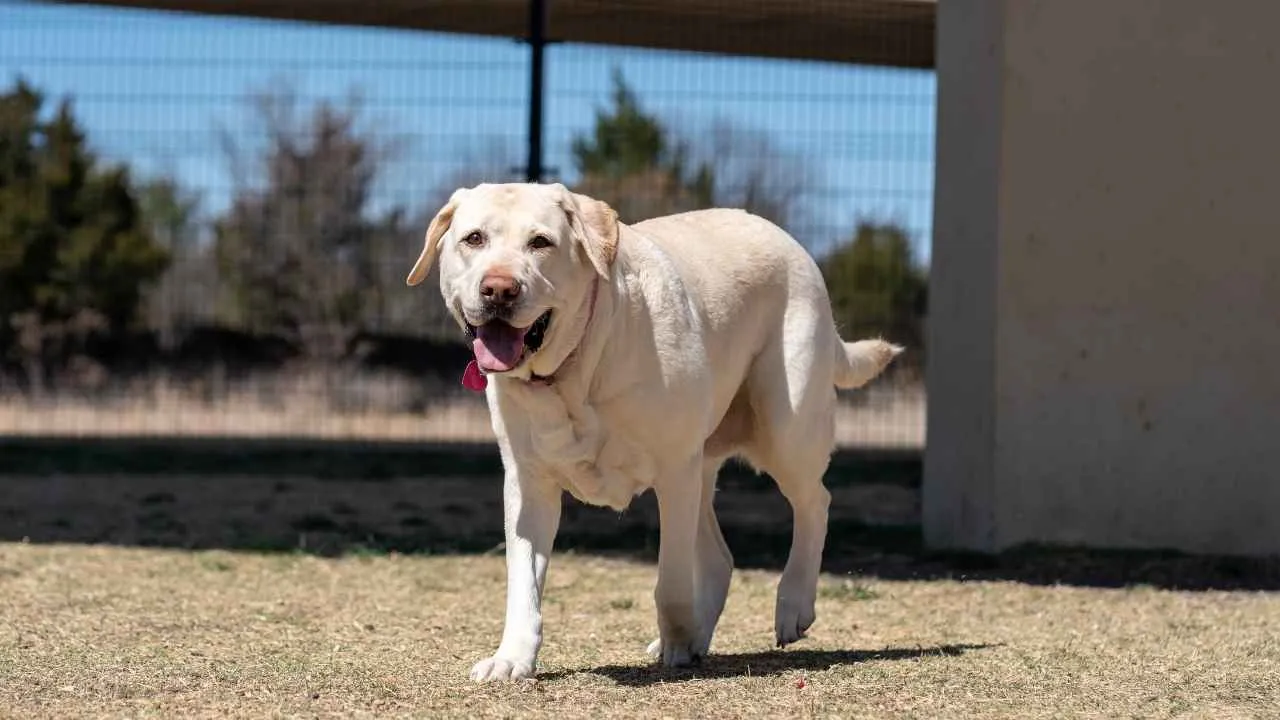
Labrador Retrievers are beloved for their friendly nature and high-spirited personality, but their trainability deserves just as much attention. While they’re often considered one of the more cooperative breeds, Labs do require consistency and patience in training, making them a classic example of a moderately trainable dog. Their eagerness to please is strong, but their energy and occasional stubborn streak can test a novice trainer’s resolve.
This breed’s intelligence means they catch on to basic commands quickly, especially when training includes positive reinforcement methods like praise or play. However, Labs are not robotic learners. Their excitable nature and tendency to get distracted, particularly in stimulating environments, call for short, engaging training sessions that balance structure and fun.
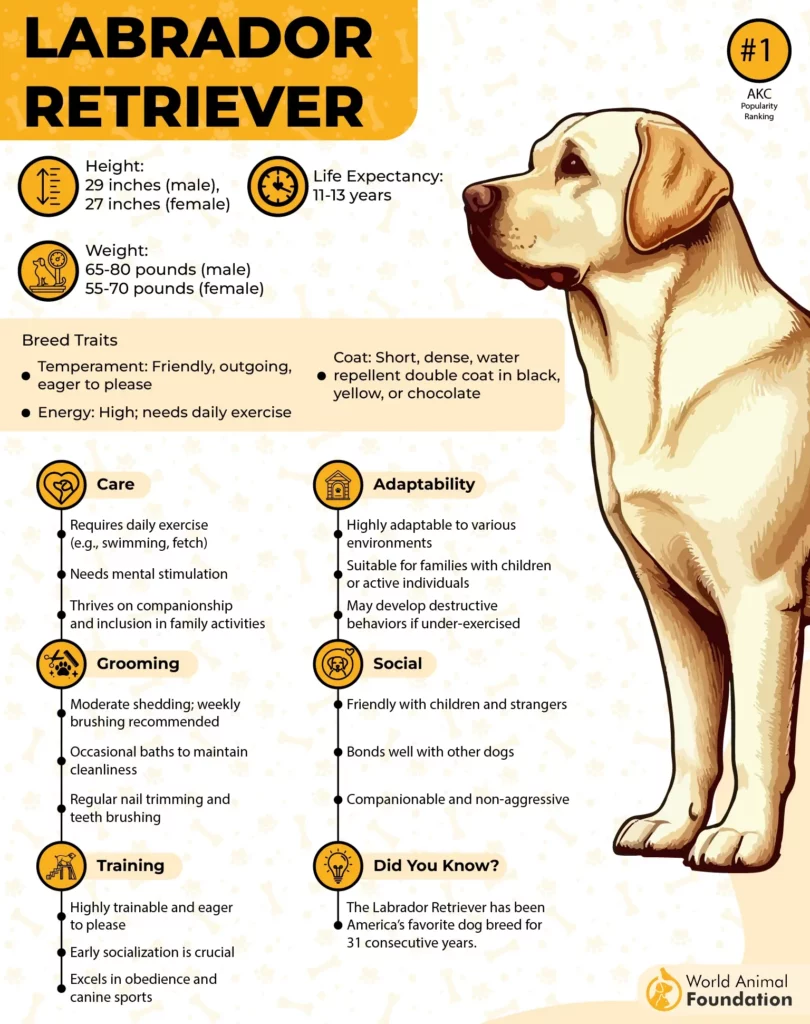
Labradors are known for their versatility, excelling as family pets, service dogs, and hunting companions. That said, their trainability hinges largely on early socialization and routine practice. Without it, even the friendliest Lab can develop poor habits like leash pulling or jumping in greeting.
Their high energy demands also play a role in training success. A bored or under-exercised Lab is less likely to listen, which is why combining mental and physical stimulation is key. Incorporating games like fetch or scent work not only sharpens their focus but also strengthens the bond between dog and owner.
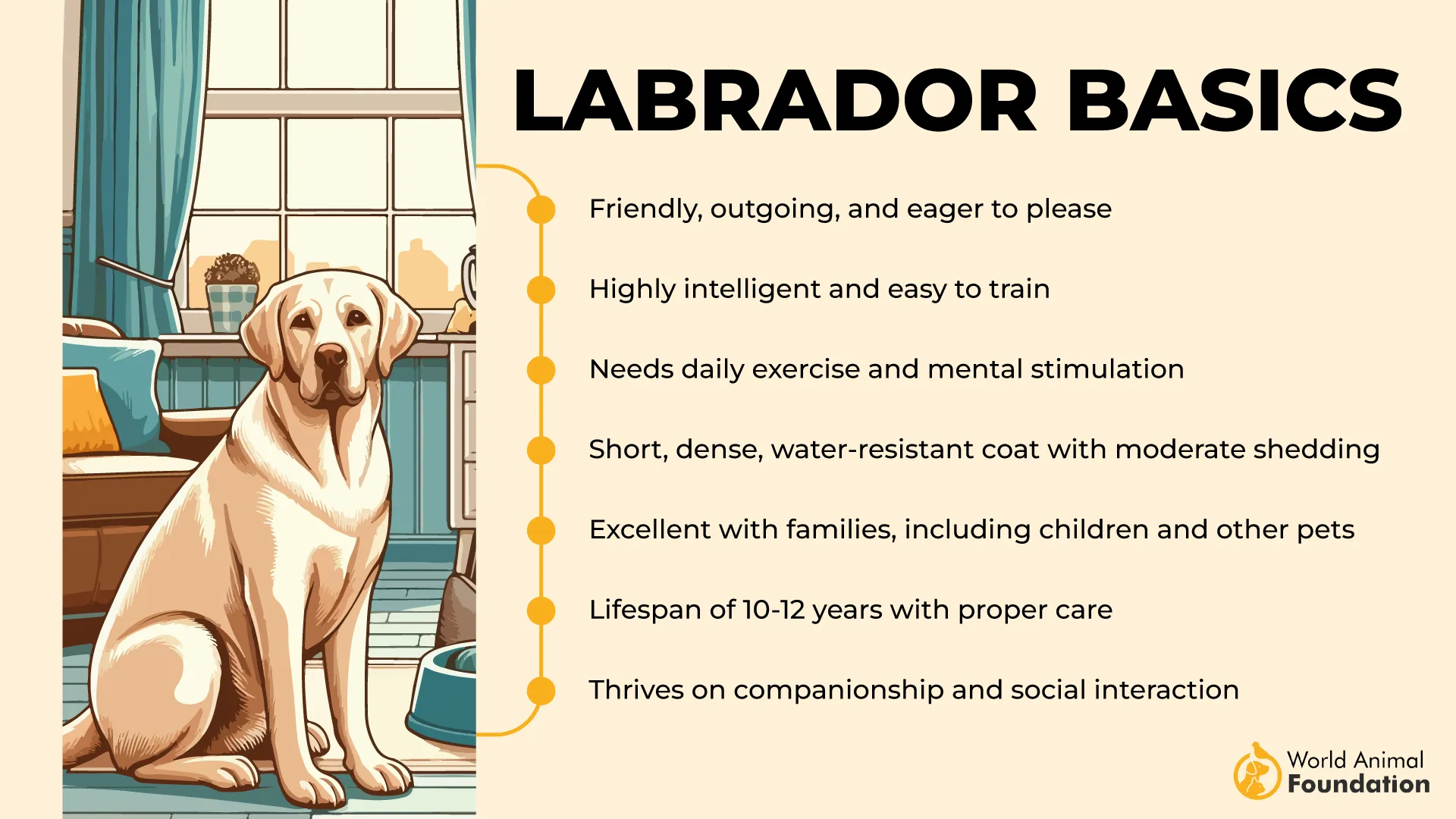
Ultimately, Labrador Retrievers thrive with owners who are consistent yet playful in approach. They may not always respond perfectly on the first try, but their love for learning shines when given the right guidance. With the right balance of patience and enthusiasm, a Lab becomes a trainable, dependable companion for years to come.
3. Border Collie
The Border Collie is often lauded as one of the most intelligent dog breeds in the world, and it’s easy to see why. Known for their sharp minds and boundless energy, these dogs were originally bred to herd sheep along the border of England and Scotland. While they have an incredible aptitude for learning, their intense drive and independence can make training a bit of a balancing act, especially for first-time dog owners or those without experience in managing high-energy breeds.
Physically, Border Collies are medium-sized and athletic, with a striking appearance that includes either a rough or smooth double coat. Their alert expressions and quick reflexes hint at their working heritage. These dogs are built for action, and without ample physical and mental stimulation, they can become bored or even destructive. Regular walks aren’t enough; puzzle games are ideal outlets for their energy.
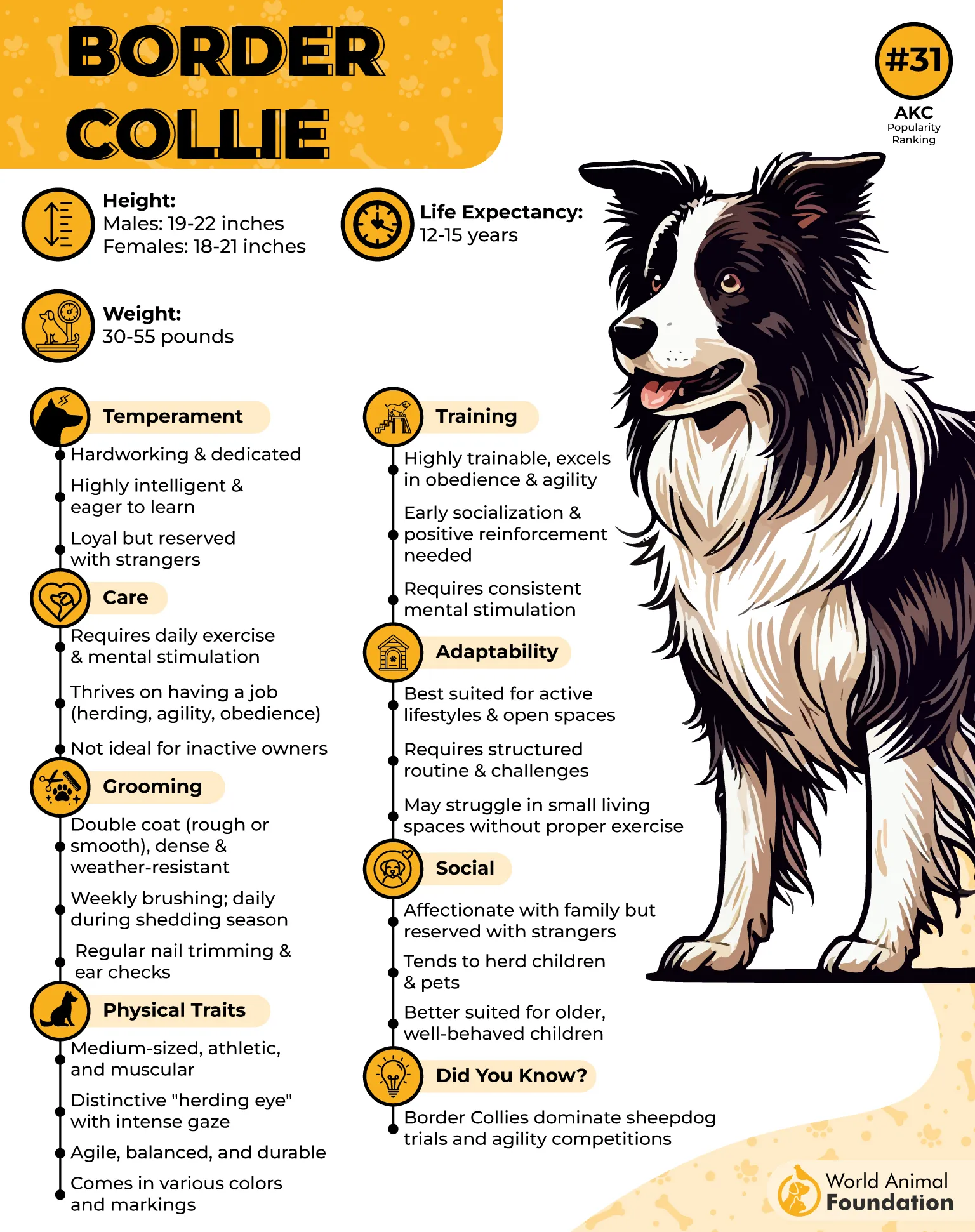
Training a Border Collie isn’t so much about teaching obedience as it is about channeling brilliance. They’re eager learners and perform exceptionally well in agility work. However, their need for constant stimulation means they can sometimes outpace their trainer’s expectations. This breed thrives with a structured, engaging training plan and positive reinforcement, rather than repetitive drills.
While they bond closely with their families, Border Collies are known for being reserved around strangers. They’re typically gentle with children but may exhibit herding behavior like nipping or circling, especially without early socialization. With consistency and patience, they become loyal companions who live to work and please.
For dog lovers who want a responsive yet spirited pet, the Border Collie offers a rewarding journey. Their moderate trainability lies not in a lack of intelligence, but in their need for purpose and stimulation. When given the right environment, they’ll impress you at every turn.
4. Doberman Pinscher
Sleek and strong, the Doberman Pinscher is a breed that commands attention, both for its striking appearance and sharp mind. Originally developed as a guard dog in Germany, this breed has since proven its versatility, excelling in everything from family companionship to canine sports. Known for their loyalty and alertness, as per PetMD, Dobermans are naturally inclined to protect and serve, which makes training them a worthwhile, if sometimes demanding, endeavor.
Dobermans are often praised for their ability to learn quickly, but they don’t always fall into the “easiest to train” category. Their moderate trainability stems from a blend of independence and intensity; they thrive when training is consistent, engaging, and built on mutual trust. Positive reinforcement, such as treats, works wonders, while harsh methods may backfire with this sensitive yet assertive breed.

Physically, the Doberman is built for performance. Agile and athletic, they require plenty of daily activity to stay balanced. Mental stimulation is equally important; obedience drills keep their active minds from getting bored. Without enough challenges, they may turn their energy toward less desirable behaviors.
What sets the Doberman apart is its unwavering devotion to its people. Once bonded with a family, they’re affectionate and very loyal, often shadowing their favorite humans around the house. While naturally cautious with strangers, proper socialization helps them become well-mannered and confident in a variety of settings.
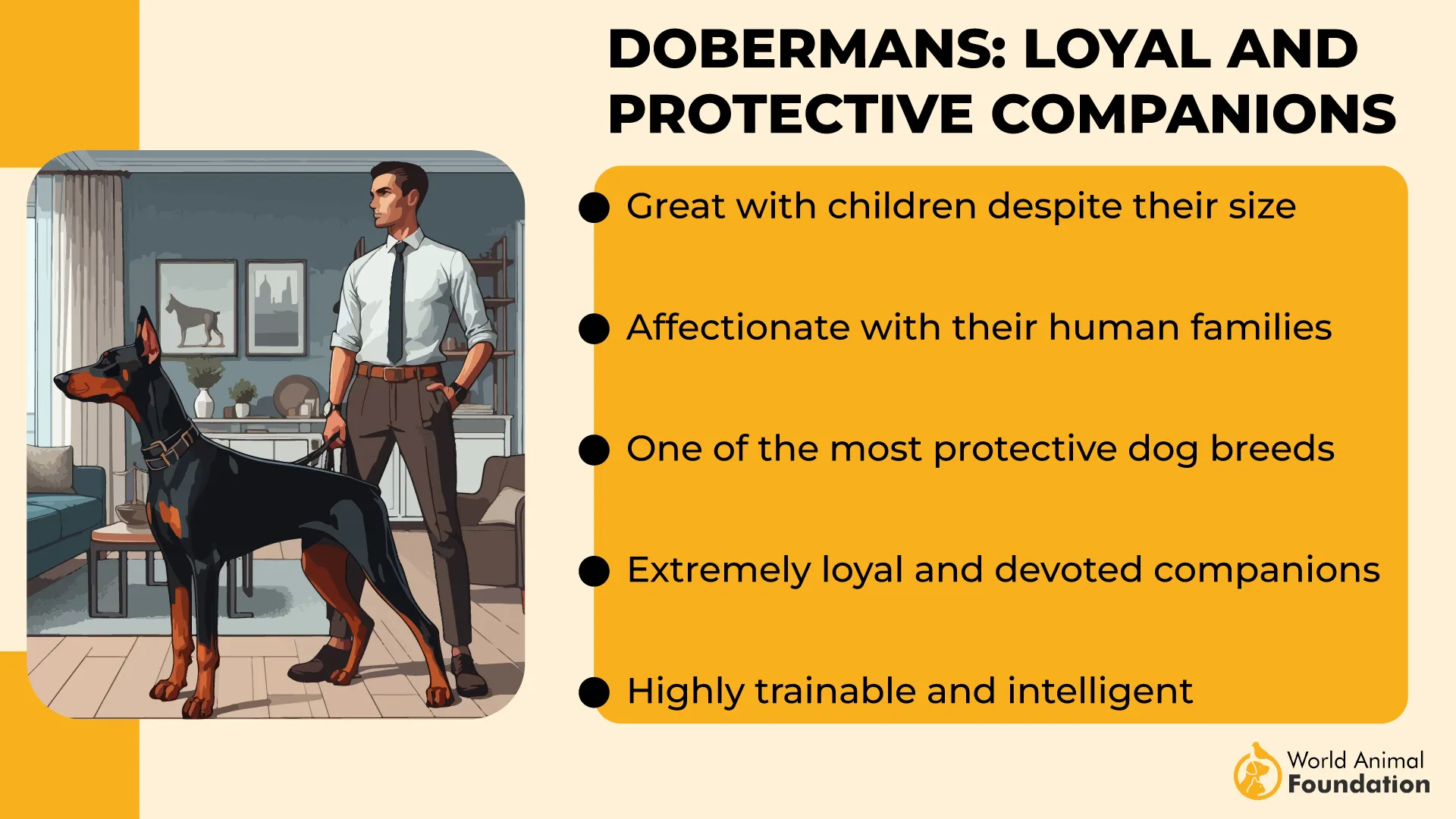
For those seeking a protective yet affectionate companion that responds well to thoughtful, patient training, the Doberman Pinscher is a compelling choice. They may not be the most instantly obedient breed, but with the right approach, they develop into remarkably intuitive and reliable partners.
5. Australian Shepherd
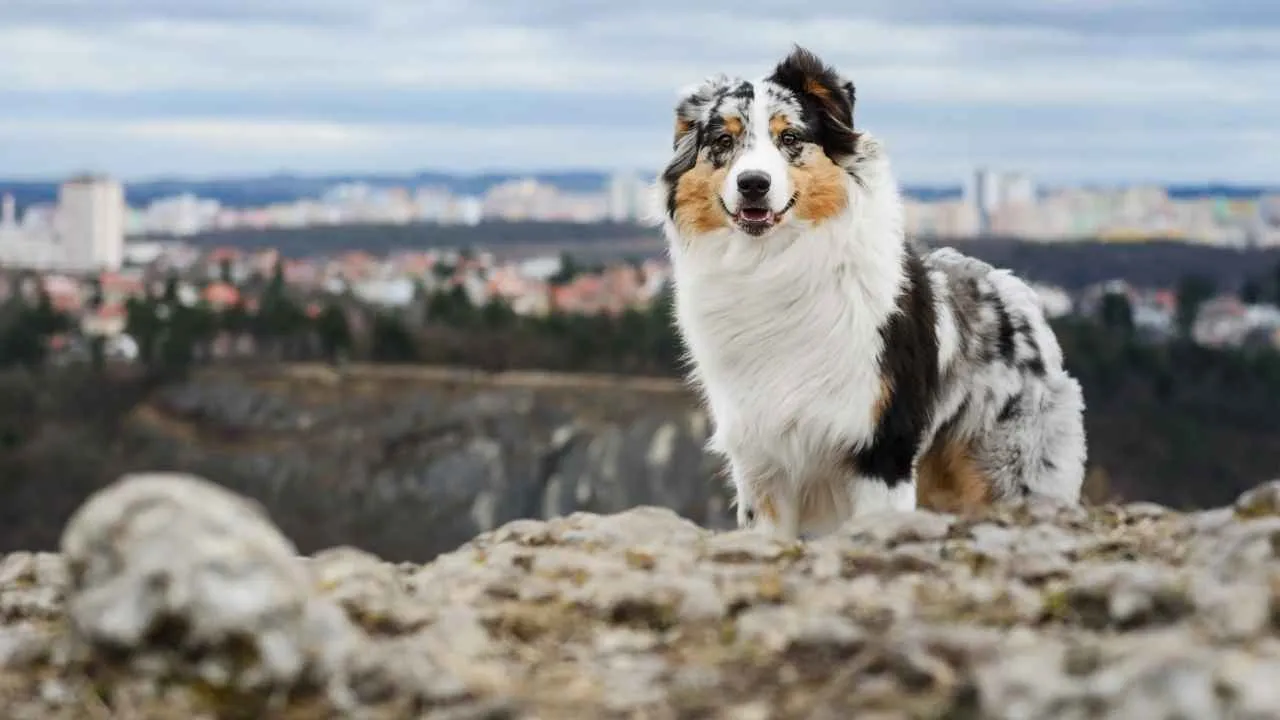
Purina states that the Australian Shepherd is a bundle of energy, intelligence, and versatility. Despite the name, this breed actually originated in the United States, where it was bred to herd livestock on Western ranches. Today, Aussies are known for their strong work ethic, sharp instincts, and quick thinking, which make them standout companions for active families and experienced dog owners alike.
Training an Australian Shepherd can be both rewarding and demanding. They’re fast learners and love to have a job, but their boundless energy means they’re not the kind to sit still for long lessons. Short, structured training sessions that include clear commands and lots of praise tend to work best. They thrive when mentally and physically stimulated, making activities like herding or trick training ideal ways to keep them engaged.

Aussies are moderately trainable; not because they lack smarts, but because they have a bit of an independent streak. They respond well to positive reinforcement methods such as enthusiastic verbal praise. Socialization from an early age is crucial, as it helps prevent shyness and builds confidence, especially in unfamiliar settings.
When properly exercised, Australian Shepherds make adorable companions. They bond closely with their families and are often great with kids and other pets. However, they do best in homes where their need for activity is understood and met daily. A bored Aussie can quickly find their own “projects,” like herding the kids or chewing shoes.
With their striking merle coats and bright eyes, Aussies aren’t just beautiful; they’re also deeply devoted and highly capable. While they may not be the easiest dogs to train, they reward patient, consistent effort with remarkable versatility and endless enthusiasm for learning. For those willing to invest the time, the Australian Shepherd makes a vibrant and faithful partner.
6. Golden Retriever

Golden Retrievers have long been adored for their affable nature and sunny disposition, but they also bring a respectable level of trainability to the table. While they’re not the quickest learners among all breeds, their eagerness to please makes them solid candidates for moderate training success. With the right motivation, typically food or play, they respond well to positive reinforcement and structured routines.
Known for their friendly temperament, Golden Retrievers are often seen as ideal family dogs. This personality trait makes training more enjoyable, though consistency is key. While they may not master every command on the first try, they are persistent and willing, which helps them excel in obedience with continued practice. These dogs thrive when they feel connected to their humans, and training is a great way to strengthen that bond.
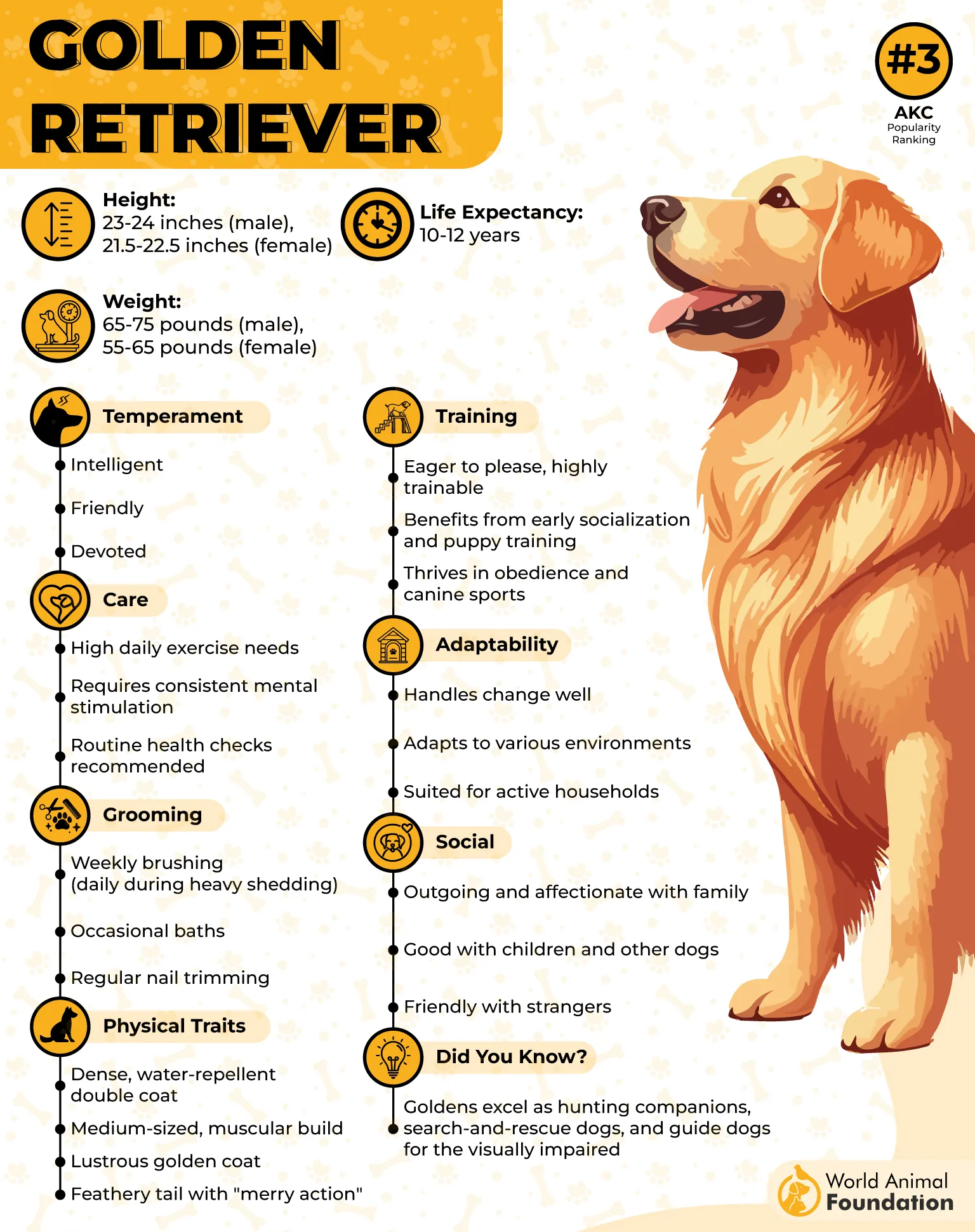
Despite their reputation for being a bit goofy or overly enthusiastic, Goldens are smarter than they let on. Their playful energy sometimes masks their capability, but with focused sessions and plenty of encouragement, they prove to be both attentive and reliable learners. They’re particularly well-suited for tasks that involve cooperation, such as therapy work or advanced obedience.
Golden Retrievers do best with a balanced approach; neither too strict nor overly lenient. Training sessions that incorporate fun and interaction, such as games or social activities, tend to yield the best results. They’re especially receptive to reward-based learning and often display noticeable improvement with consistency and patience.
Ultimately, Golden’s gentle demeanor, paired with its natural inclination to follow human cues, makes this breed moderately trainable. While they may not win agility competitions on their first try, they bring heart, focus, and a strong desire to do well, making the journey as rewarding as the result.
7. Rottweiler

Confident and commanding in appearance, the Rottweiler carries a reputation that precedes it, but there’s far more to this breed than just brawn. Beneath the muscular frame is a deeply loyal and intelligent dog that thrives when given structure and a goal. While not the most eager-to-please students in the obedience ring, Rottweilers are smart and attentive, making them capable learners with the right motivation and consistency.
Training a Rottweiler is a lesson in mutual respect. They don’t just follow commands blindly; they need to understand why something is worth doing. That’s where positive reinforcement becomes key. Encouragement, rather than correction, helps these dogs stay engaged and cooperative. Starting early with basic obedience and socialization lays a strong foundation and helps prevent unwanted behaviors from developing.
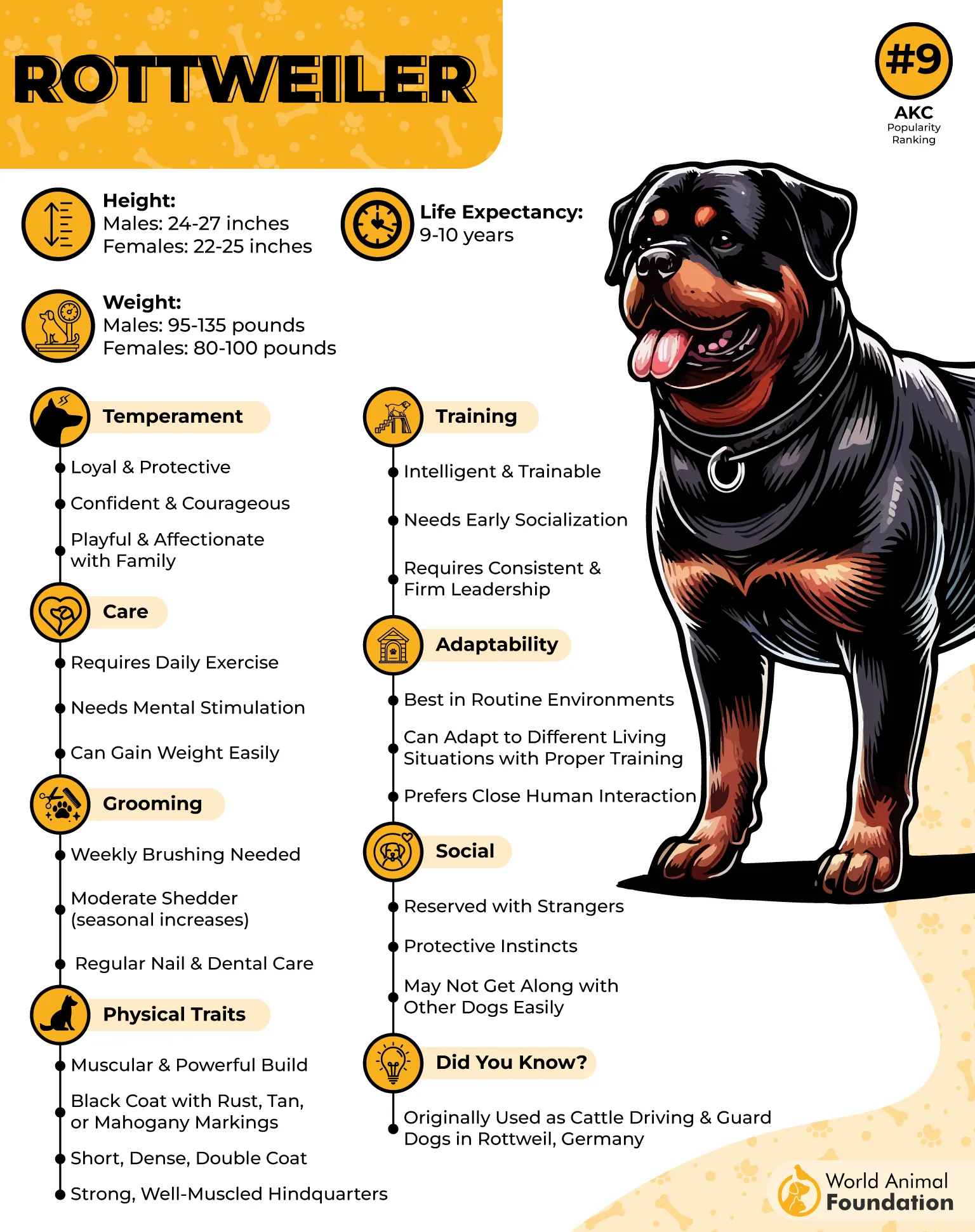
One reason Rottweilers land on the “moderately trainable” list is their tendency to think for themselves. This independent streak means they may not instantly comply with every cue, especially if they’re not feeling particularly inspired. But that same streak also means they excel in roles that require confidence, like guarding and protection work.
It’s important to remember that consistency, patience, and calm leadership go a long way with this breed. They do best with experienced owners who understand how to balance firm boundaries with affection. When guided correctly, Rottweilers are incredibly loyal companions who are deeply bonded to their families.
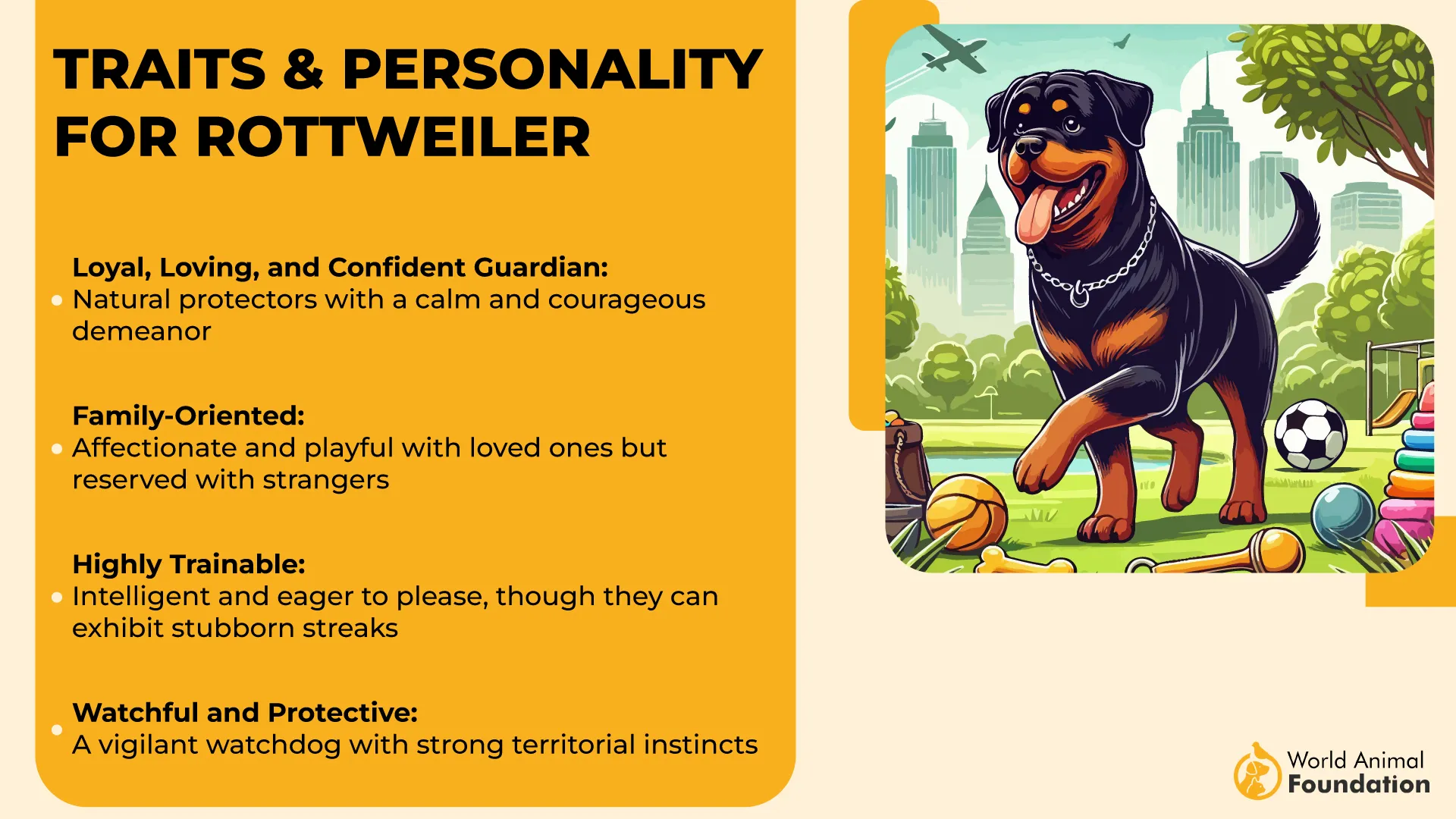
Despite their stoic exterior, these affectionate dogs are known to be gentle with their people. Their drive to work and protect makes them not just good dogs, but truly great ones for those willing to meet them halfway.
8. Papillon
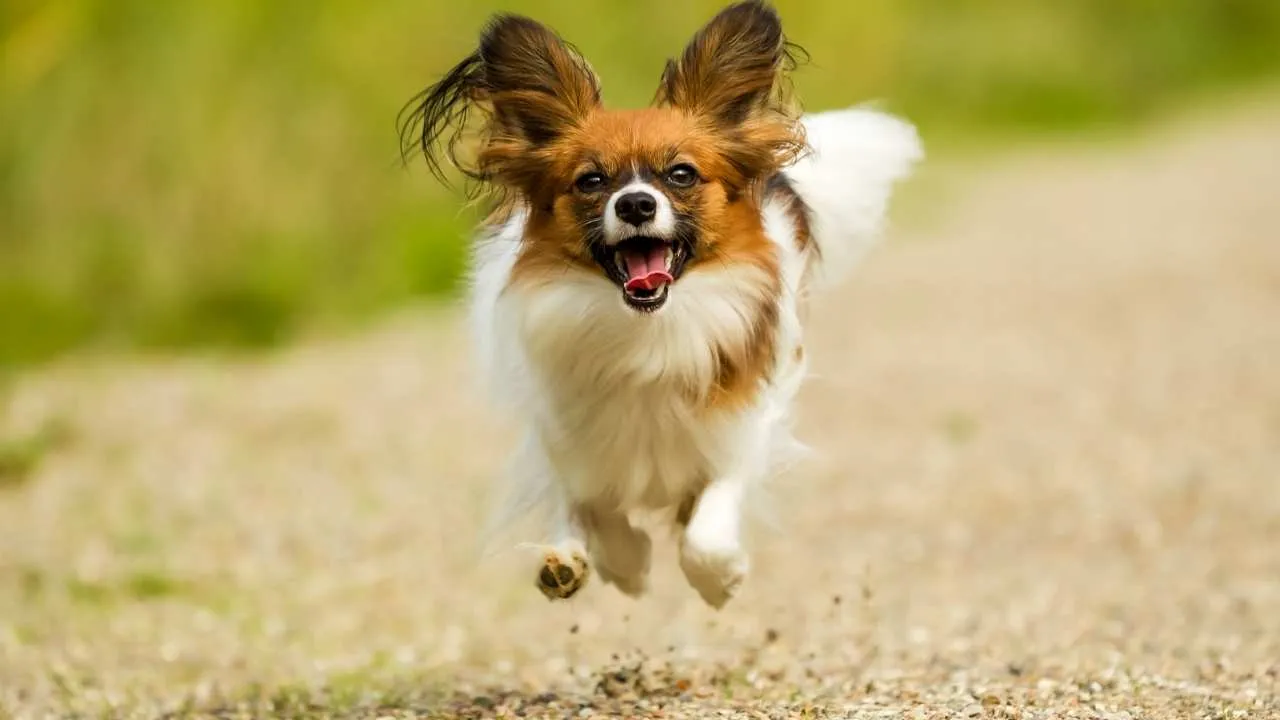
Small in stature but big in brains, the Papillon is an unexpectedly sharp student when it comes to training. Known for their butterfly-like ears and graceful gait, these dainty dogs are often underestimated until they start showing off their impressive skills in agility or obedience classes. Their lively spirit and quick thinking make them a delightful challenge for pet parents willing to work with their quirks.
Papillons are incredibly alert and curious, traits that lend themselves well to picking up tricks and commands. However, their strong-willed nature means they might not always be in the mood to follow directions unless they’re sufficiently motivated. Positive reinforcement and short, varied training sessions work best, helping keep their attention and making learning feel like play.
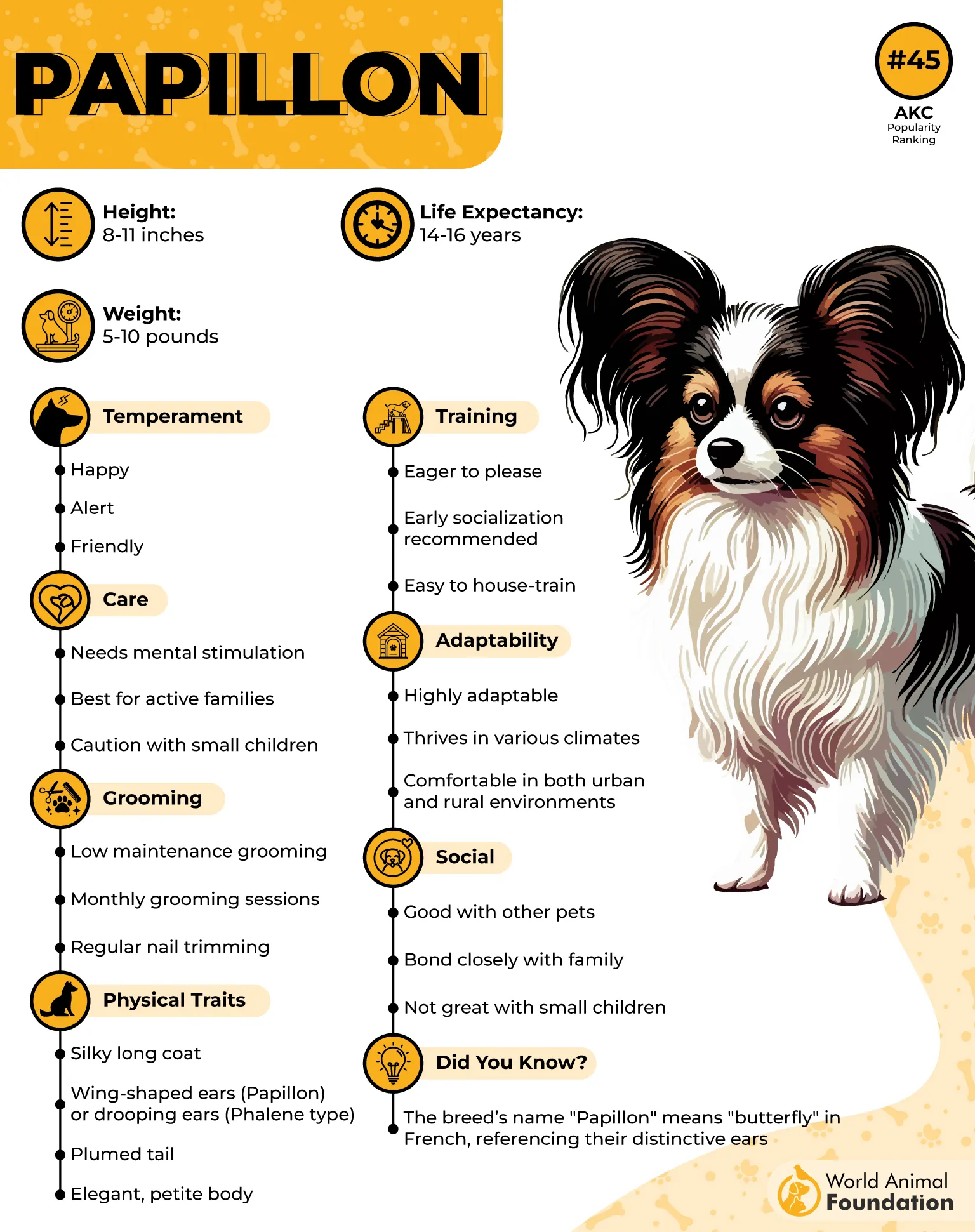
Because of their high energy levels, these dogs thrive on mental and physical stimulation. They enjoy a good game of fetch as much as mastering a new trick. However, if left to their own devices, their smarts and energy can turn mischievous. Regular training helps keep them on their best behavior.
Papillons tend to be social and lovely with their families, but they can develop small dog syndrome without early boundaries. Socialization is crucial to prevent overprotectiveness or yappy behavior, especially around larger dogs. Despite their size, they’re bold and confident when properly raised, often acting like big dogs in tiny bodies.
For those who enjoy a dash of spunk in a trainable companion, the Papillon strikes a wonderful balance. They may not be the easiest breed to train, but their enthusiasm, charm, and intelligence make the journey worthwhile for patient and engaged owners.
9. Poodle
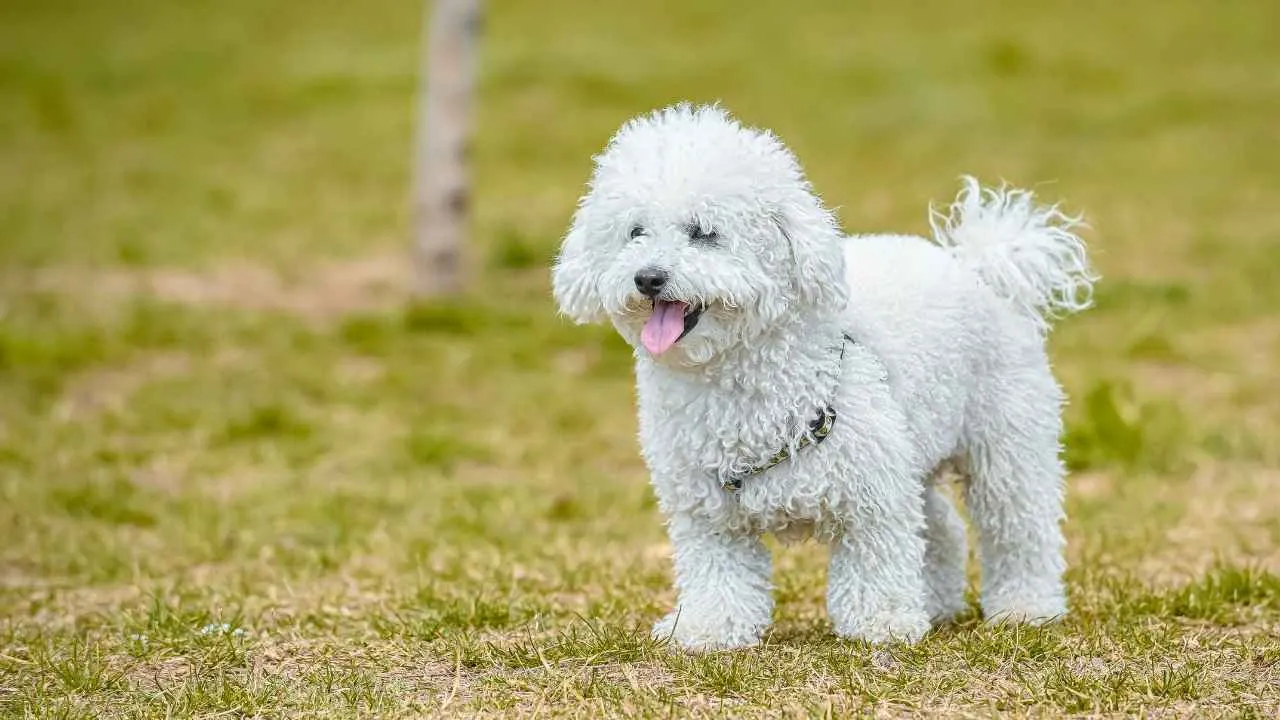
Poodles may be known for their stylish curls and regal posture, but they’re far more than just show dogs. All three sizes, Standard, Miniature, and Toy, are celebrated for their intelligence and adaptability. These dogs consistently rank among the most trainable breeds, yet what makes them particularly appealing for many owners is their balanced temperament. They’re not overly eager to please like some breeds, nor are they completely aloof. Instead, they strike a harmonious middle ground that’s perfect for patient, consistent training.
Despite their reputation as fancy dogs, Poodles are surprisingly versatile. Their sharp minds and strong work ethic make them excellent candidates for everything from agility competitions to service work. They have an instinctive ability to read human cues, which helps them thrive in structured environments. However, they can be sensitive to tone and tension, so positive reinforcement and a calm training approach yield the best result.
One reason they fall into the moderately trainable category is their independence. While they’re quick learners, Poodles can sometimes get bored with repetition or lose interest if the task doesn’t engage them. This means trainers need to be creative; switching up routines, offering interactive toys, and incorporating games can help keep things fresh. Their enthusiasm grows when they feel mentally stimulated and emotionally connected.
Living with a Poodle means living with a companion that’s both adorable and alert. These dogs form strong bonds with their families and are often excellent with children and other pets. They enjoy a mix of activity and downtime, thriving in environments where they’re involved in daily life but not overwhelmed by constant demands.
Ultimately, Poodles are a smart match for owners who enjoy the challenge of working with a clever yet slightly headstrong dog. Their combination of brains, elegance, and playful spirit makes them a favorite for those seeking a dog with personality and potential. With the right approach, Poodles can transform from moderate learners to polished stars.
Conclusion
Moderately trainable dog breeds offer something wonderfully unique: a learning curve with personality. These dogs aren’t robotic responders to every command, but that’s exactly what makes them such rewarding companions. They bring a blend of intelligence, independence, and charm that keeps training both engaging and dynamic. From clever thinkers like the Poodle to more intuitive learners with a stubborn streak, such as the Basset Hound or the affectionate Bichon Frise, each breed showcases a special kind of teachability, one that encourages connection over perfection.
Choosing a moderately trainable dog is less about instant obedience and more about building trust, communication, and mutual respect. With the right mindset, support from professional dog trainers, and a dash of patience, these high-energy dog breeds and active dogs will surprise you in the best ways. So, if you’re ready for a dog training journey filled with small wins, wagging tails, and a lot of laughter, you might just find your perfect partner in one of these breeds. After all, the most meaningful progress often comes one quirky command at a time.


